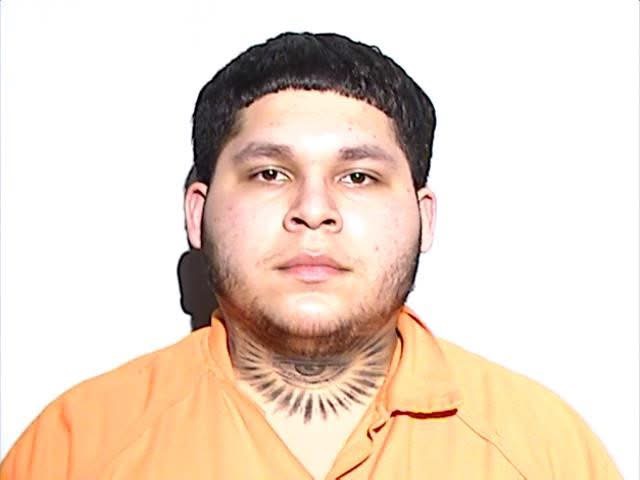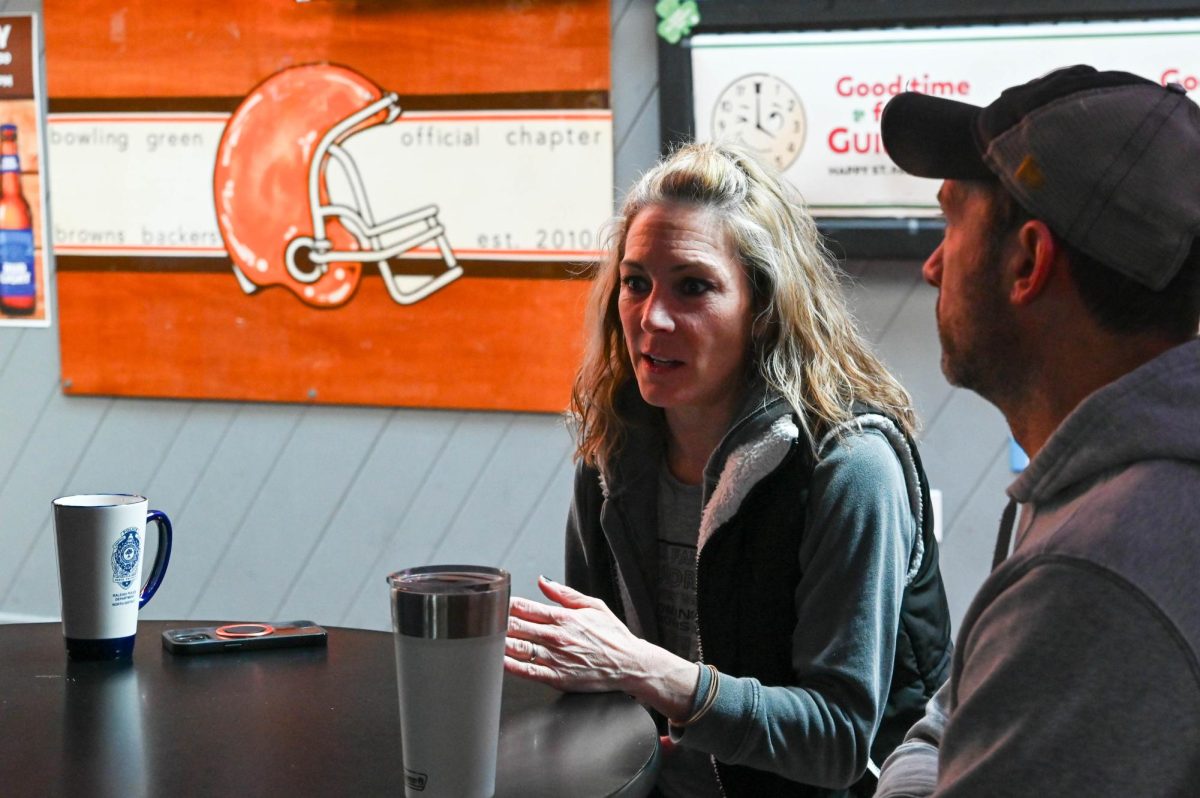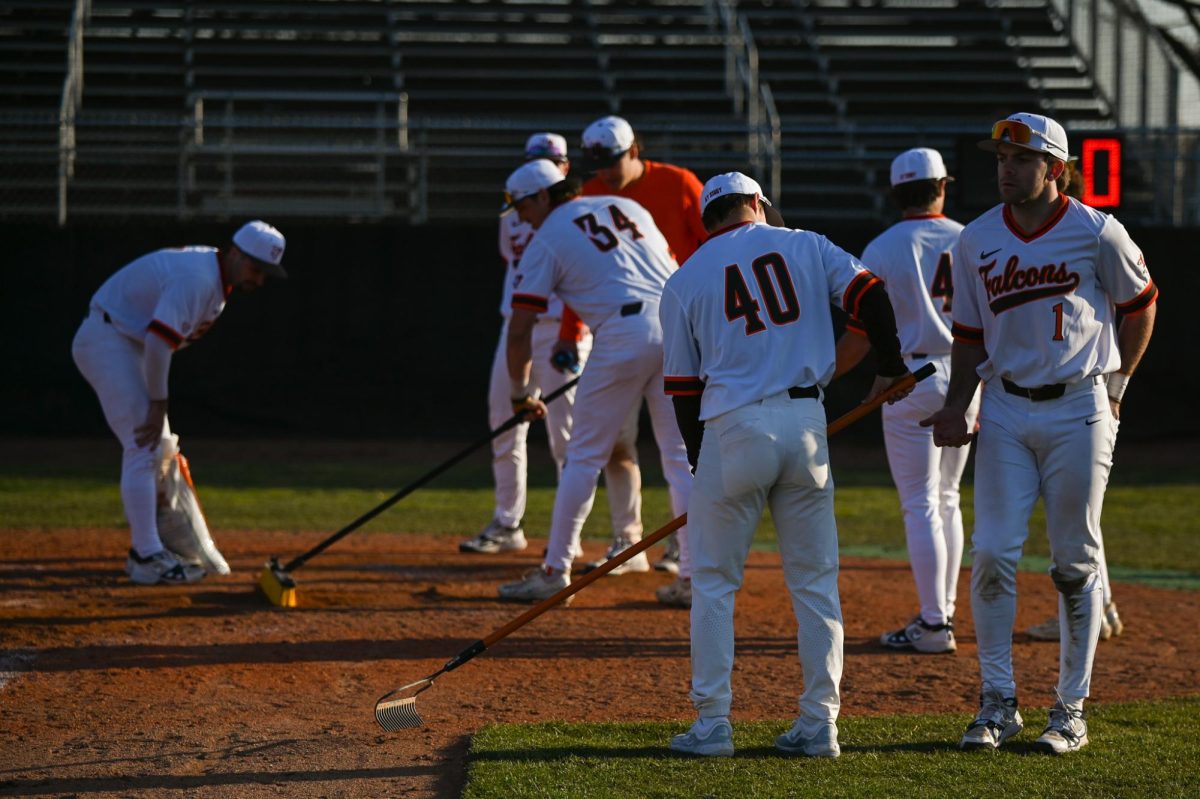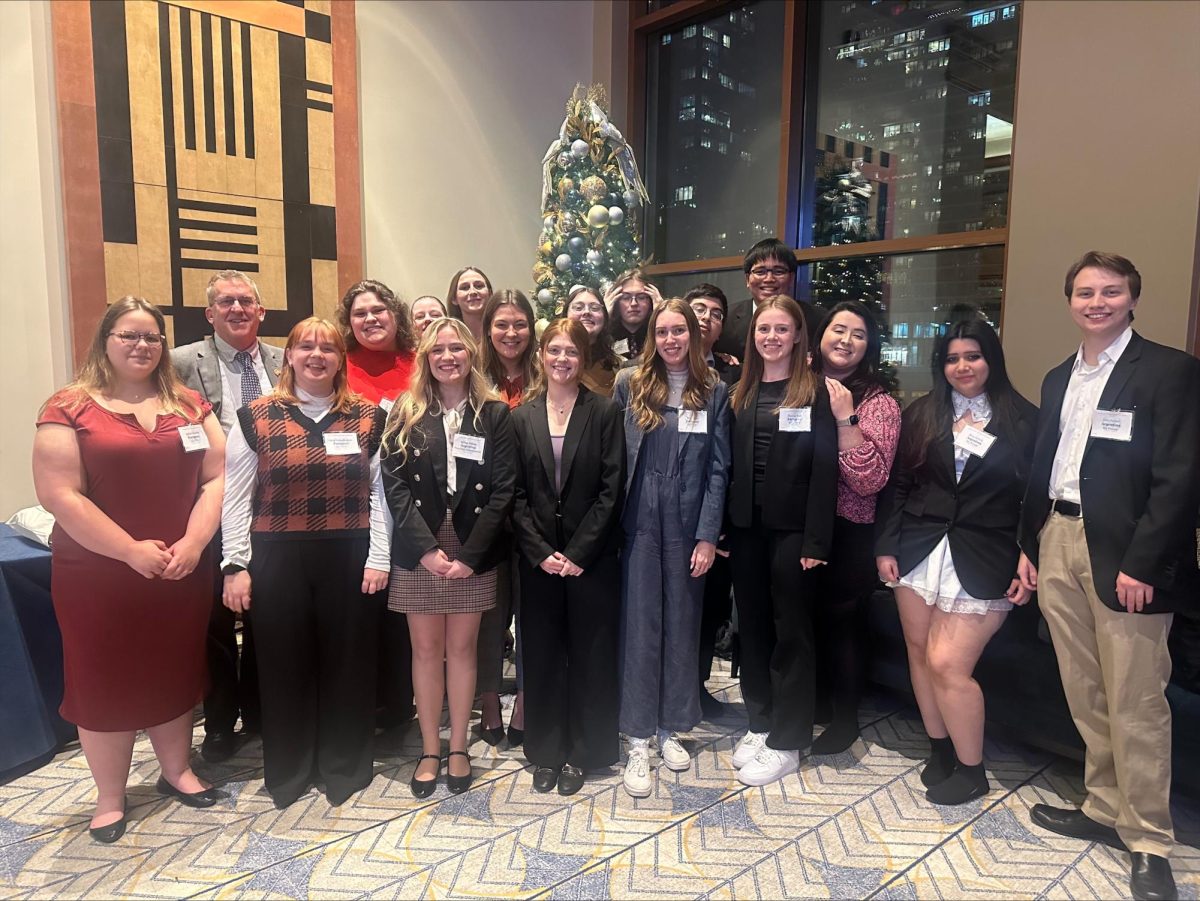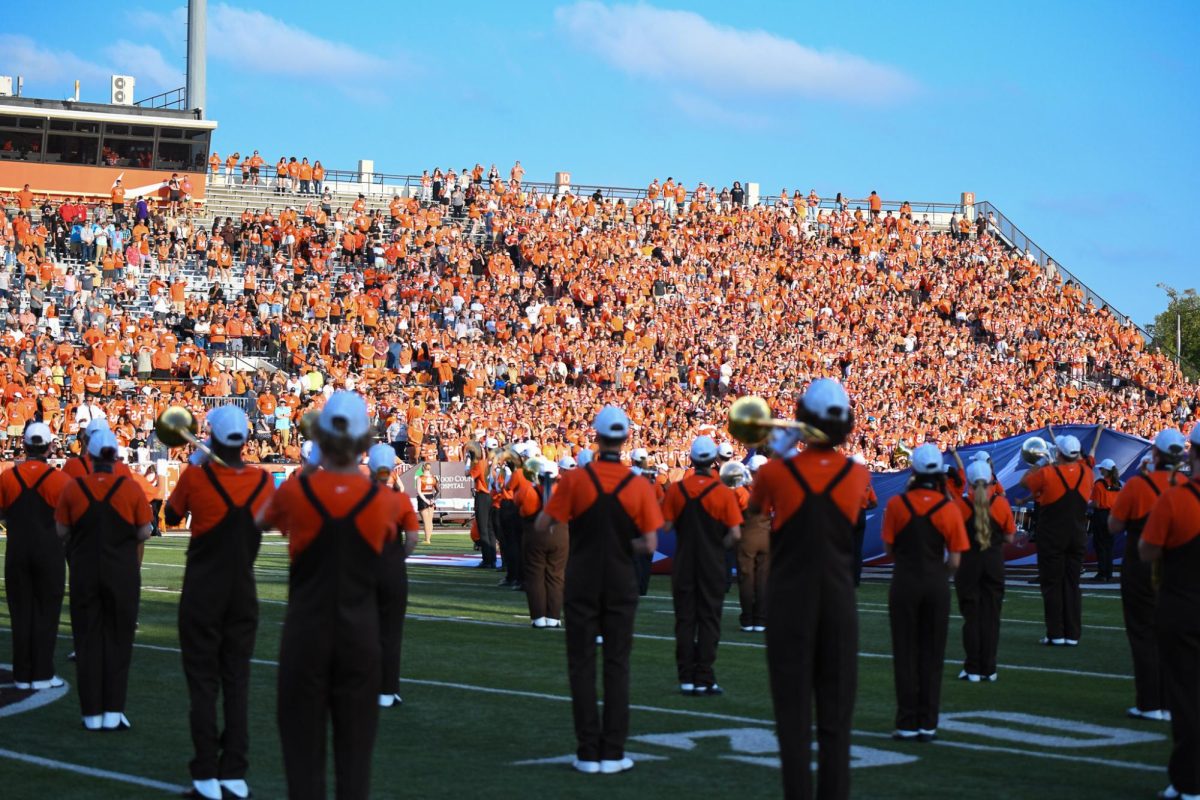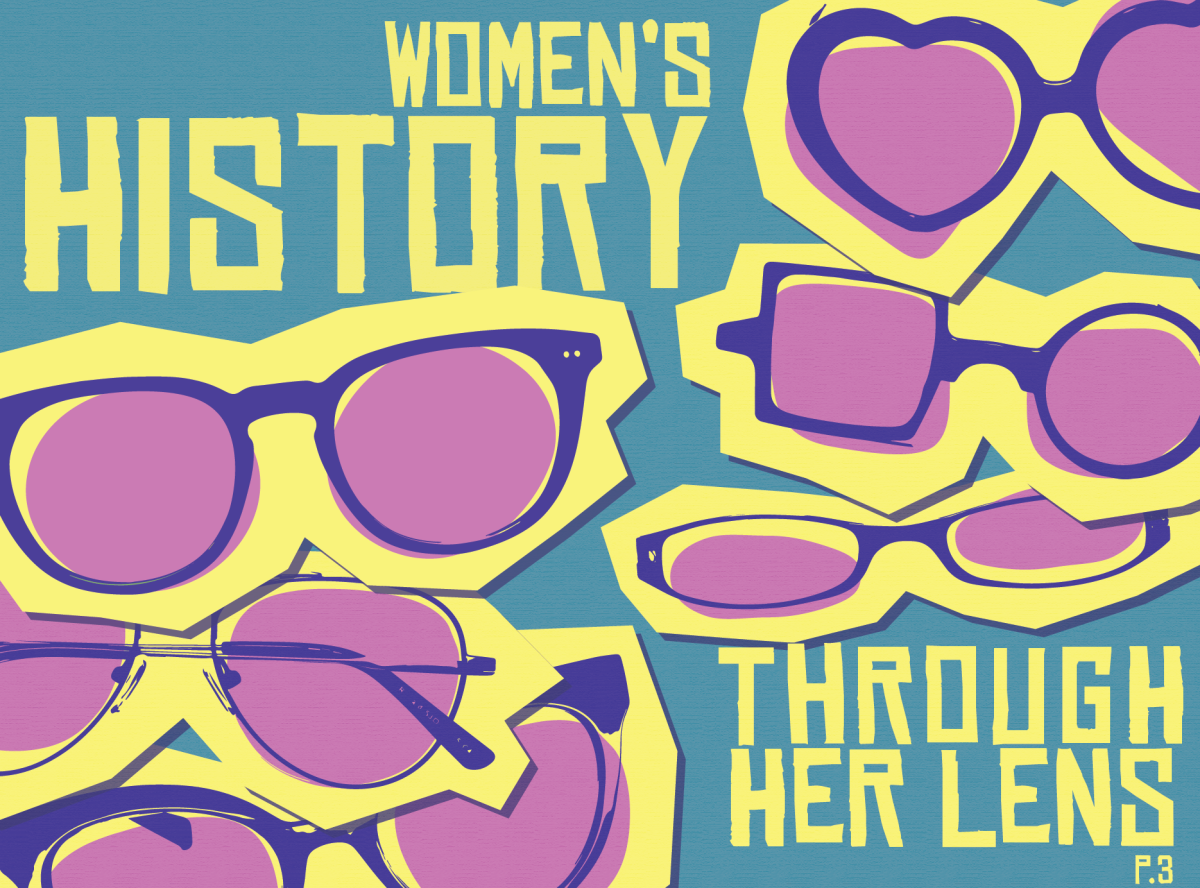Before Hurricane Katrina destroyed the levees and flooded the city, New Orleans was in the midst of turmoil. The Creole world’s glittering nightlife of jazz, sequins and beads masked the growing restlessness of its inhabitants.
The “city that care forgot” sits in Louisiana, a state that has the highest child poverty rate in the United States, 70 percent of its adults fall into the lowest literacy levels in the nation, and the people there are struggling with high unemployment.
Adding to the burden poverty brings, New Orleans’ people were still feeling the sting of a young black man’s death, Levon Jones, before Katrina hit.
On New Year’s Eve, a college student from Georgia named Levon Jones arrived at one of the glitziest night clubs in the French Quarter – the Razoo. Jones tried to get his friend into the club after being denied admittance because their attire didn’t adhere to club’s dress code. The result was three white bouncers rushing Jones to the ground – and ultimately killing him.
“This event enraged the black community,” said Petrice Sams-Abiodun, researcher at Loyola’s Lindy Boggs National Center for Community Literacy.
Sams-Abiodun joined her colleagues Joel Devine and James Elliott of Tulane University in a symposium at the University on Friday, detailing for listeners why they believe poverty in New Orleans was “a natural catalyst to an unnatural disaster.”
Giving more details about the state of New Orleans, the professors spoke of a series of events following Jones’ death. In a special investigation of New Orleans bars headed by Mayor Ray Nagin, “secret shoppers” discovered that 60 percent of the time blacks were overcharged and held to different dress codes than whites were. According to Sams-Abiodun, events like Jones’ death and the resulting investigation “raised the level of public and racial bitterness.”
It was at this peak of racial polarization that Katrina hit New Orleans with full force, leaving over 1,000 people dead.
“The flood waters knew no boundaries between the rich and lower classes,” Sams-Abiodun said, adding that the class and racial divisions seemed to play a part in the rescue missions and of its people.
James Elliott, an urban social scientist at Tulane, said that whites were 1.7 times more likely to evacuate before the storm, and following the aftermath they were twice as likely to retain their jobs.
This is due to three tools people needed to evacuate the city.
Sams-Abiodun said first a person needs the resources such as money, reliable transportation and a place to go like a hotel or family members to stay with. Then they need the physical ability – many elderly died because they were unable to evacuate. They also need the desire – people get sick of evacuating their homes.
Despite all this, the hurricane was only the beginning of New Orleans’ problems.
Sams-Abiodun said she was angry over media coverage focusing on looters, rape at the Superdome, and calling the evacuees – most of them African-American – refugees.
She said the media’s negative depiction didn’t show the common occurrence of men – black men – helping women, children and the elderly. It also didn’t focus on the middle class neighborhoods, many of which were hit worse than the poorer areas.
Elliott said the black middle class suffers the most because they have difficulty coming back for their jobs, and still have a mortgage to pay.
Another question plaguing the social scientists’ minds is whether the rebuilding of the city will leave blacks and lower classes out almost entirely. The Chair of Social Science at Tulane, Joel Devine, showed pictures of the lower income neighborhood, the Ninth Ward. People are just now returning to their homes, if they can. There are doubts in Devine’s mind as to whether the Ninth Ward, known for an active black working class community, will be rebuilt.
The rebuilding of New Orleans may be left to the upper classes, because many others can’t afford to pay for housing while the city is repaired. Voting representation could be left to upper classes as well because the majority of the citizens – which are black – are unable to return to their homes for the upcoming mayoral election.
Other reasons evacuees may not return is that the public schools won’t be reopening until January. Sams-Abiodun’s family is staying in North Carolina with her sister because her 13-year-old daughter, Remi, needs to go to school.
All three professors concluded that both race and class contribute to the “unnatural disaster” of social tensions this hurricane has brought to the world’s attention.
Nevertheless, the panel has hope for New Orleans.
Devine has returned home and is focusing on his research until Tulane reopens. Sams-Abiodun hopes to return as soon as possible, as she and her family are homesick. Elliott and his wife will spend the holidays at the local hospital, where his wife works.
Mostly they want people to remember the victims and continue to give aid and support.
Laura Sanchez, the BGSU sociology professor use to work at Tulane. She set up the event with her former colleagues, and hopes students will learn from this situation.
“I’m hoping they get a chance to reflect on the fact that they are part of this history and what happens next is up to them,” Sanchez said.


